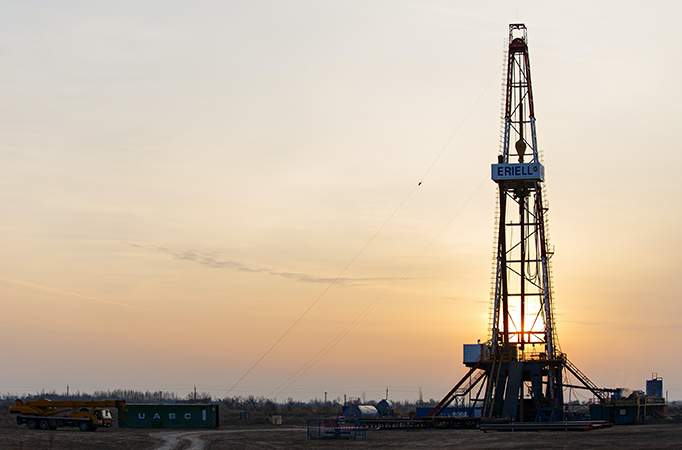
Daily Brief – Oil Supply
Oil Supply
With Friday’s rocketing up in the oil price of 12% to $78, the question is whether that is it and we have just seen a re-set or whether this is the first staging post in a much larger increase. That, of course, depends on the unfolding Israel-Iran attacks and whether that conflict spreads further. Every day, 20 million barrels of oil are transported by shipping tankers through the Straits of Hormuz from Saudi Arabia, Kuwait and the UAE. That flow accounts for approximately one third of all shipped oil globally. Thus far, Israel has primarily attacked Iran’s nuclear sites but should that change and it directs missiles to Iran’s oil industry, the fear is that Iran will retaliate against the Gulf’s oil production and storage facilities which are all within range of Iran’s missile capability. Hence, the absolute necessity to seek a cessation in the hostilities given that it is not just a matter of disruption in supply but also in production of this huge chunk of the world’s oil requirements.
Brent Oil USD 74.23.
Gold
Having written about how the world’s Central Banks have bought over 1000 tons of gold in the past two years, there was a sense that gold had reached a new high that looked like a plateau. That theory has gone out of the window in the wake of two key factors: firstly, Israel’s attacks on Iran, and secondly, the release of figures that show that Central Banks have continued buying gold-lots of it to the extent that gold now accounts for 20% of Central Bank reserves after USD and that gold has displaced EUR which has dropped to 16%. Despite the lack of interest, gold’s store of value and appreciating price in the light of consistent Central Bank buying and the high level of the current geo-political uncertainty suggests that everyone should consider a place in their investment portfolios for an asset of a size that if one dropped it on one’s foot would hurt: gold.
Gold USD 3452.
